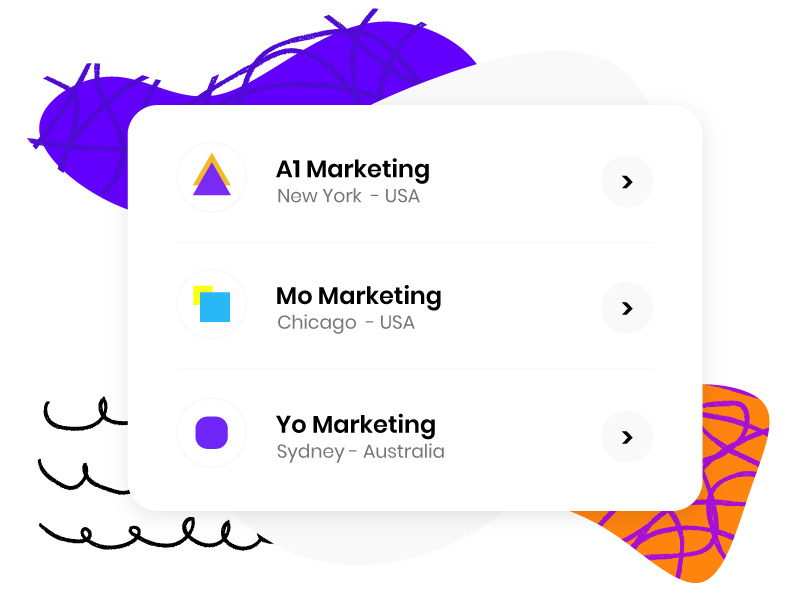
The rising cost of higher education has left millions of Americans drowning in student loan debt. According to the Federal Reserve, total student loan debt in the U.S. has surpassed $1.7 trillion, with the average borrower owing over $37,000. While traditional full-time jobs remain a primary source of income, the gig economy has emerged as a powerful tool for graduates looking to accelerate their debt repayment.
This guide explores how gig economy jobs—from ridesharing to freelance writing—can help you tackle your Department of Education (DoE) student loans faster. We’ll cover the best gig opportunities, tax strategies, and repayment hacks to maximize your earnings.
Why the Gig Economy is Perfect for Student Loan Repayment
The gig economy offers flexibility, scalability, and multiple income streams—three key advantages for borrowers struggling with student debt. Unlike traditional jobs, gig work allows you to:
- Set your own hours (ideal for side hustles alongside a 9-to-5 job).
- Diversify income sources (reducing reliance on a single paycheck).
- Earn extra cash quickly (helping you make additional loan payments).
With platforms like Uber, Fiverr, and TaskRabbit, you can turn spare time into a debt-reduction machine.
Top Gig Economy Jobs for Fast Loan Repayment
Not all gigs are created equal. Some pay significantly more per hour, while others offer passive income opportunities. Here are the most lucrative options:
1. Ridesharing & Delivery Driving (Uber, Lyft, DoorDash)
- Earnings Potential: $15–$30/hour (varies by location and demand).
- Best For: Those with a reliable car and flexible schedule.
- Pro Tip: Track mileage for tax deductions to lower taxable income.
2. Freelance Writing & Editing (Upwork, Fiverr)
- Earnings Potential: $25–$100/hour (depending on expertise).
- Best For: Graduates with strong writing skills.
- Pro Tip: Specialize in high-demand niches (e.g., tech, finance) to command higher rates.
3. Online Tutoring (Chegg, VIPKid)
- Earnings Potential: $20–$50/hour.
- Best For: Those with expertise in STEM or test prep (SAT, GRE).
4. Short-Term Rentals (Airbnb, VRBO)
- Earnings Potential: $1,000+/month (if you have extra space).
- Best For: Homeowners or renters in tourist-heavy areas.
5. Selling Digital Products (Etsy, Gumroad)
- Earnings Potential: Passive income (scalable with low overhead).
- Best For: Creatives (designers, programmers, writers).
How to Optimize Gig Earnings for Student Loan Payments
Earning extra money is only half the battle—how you allocate it matters. Here’s how to make every dollar count:
1. Use the Debt Avalanche or Snowball Method
- Avalanche: Pay off highest-interest loans first (saves the most money).
- Snowball: Pay off smallest balances first (psychologically motivating).
2. Automate Extra Payments
Set up automatic transfers from your gig income account to your student loan servicer. Even an extra $100/month can shave years off repayment.
3. Leverage Tax Deductions
Gig workers can deduct:
- Mileage (for rideshare/delivery drivers).
- Home office expenses (for freelancers).
- Equipment costs (laptops, software).
Lowering taxable income means more money for loans.
4. Refinance High-Interest Loans
If you have private loans (or high-rate federal loans), refinancing at a lower rate can reduce monthly payments. Warning: Refinancing federal loans eliminates access to income-driven repayment plans.
Balancing Gig Work with Federal Loan Repayment Plans
If you’re on an income-driven repayment (IDR) plan, gig earnings could affect your monthly payments. Here’s how to navigate it:
1. Report Income Accurately
- IDR plans recalculate payments annually based on taxable income.
- Underreporting can lead to penalties; overreporting may increase payments unnecessarily.
2. Consider the PAYE or REPAYE Plans
- PAYE: Caps payments at 10% of discretionary income.
- REPAYE: Offers interest subsidies for low earners.
3. Use a Separate Bank Account for Gig Income
Keeping gig earnings separate makes it easier to track cash flow and allocate funds toward loans.
The Psychological Benefits of Gig Work for Debt Freedom
Beyond financial gains, gig work provides:
- A sense of control (you’re actively reducing debt).
- Motivation (seeing extra payments shrink your balance).
- Skill-building (many gigs enhance résumés for future career moves).
Final Thoughts
The gig economy isn’t just a trend—it’s a financial lifeline for student loan borrowers. By strategically leveraging side hustles, optimizing tax benefits, and staying disciplined with payments, you can escape debt faster than you ever thought possible.
Now, it’s time to pick a gig and start earning. Your future debt-free self will thank you.
Copyright Statement:
Author: Avant Loans
Source: Avant Loans
The copyright of this article belongs to the author. Reproduction is not allowed without permission.
Recommended Blog
- Chase Personal Loans: How to Get Pre-Approved
- How to Use a Loans Generator to Estimate Monthly Payments
- Emergency Loans for Transportation Emergencies
- How Much Can You Borrow in Student Loans?
- How to Get a Direct Lender Loan with Low Interest Rates
- The Impact of Fundo Loans on Small Business Growth
- Personal Loan Closing Costs: Are There Any?
- How to Avoid Scams When Applying for Direct Deposit Loans
- Direct Lender Loans Guaranteed Approval – Trusted & Reliable!
- FHA Loan for Historic Homes: Special Considerations
Latest Blog
- Big Picture Loans: How to Check Your Eligibility
- Bad Credit Auto Loans: How to Negotiate Interest Rates
- Loan APR Meaning: The True Cost of Borrowing
- Kotak Prime Loans for Medical Emergencies: Quick Financial Aid
- How to Avoid Cash Loan Debt Traps
- The Timeline of a Loan Going into Default
- Jumbo Loan Closing Costs: What to Expect
- How to Use Instant Loans Responsibly
- Compare Loan Cosigner Release Policies: How to Remove a Cosigner
- How to Get a Loan for a Garage in Henderson, NV
